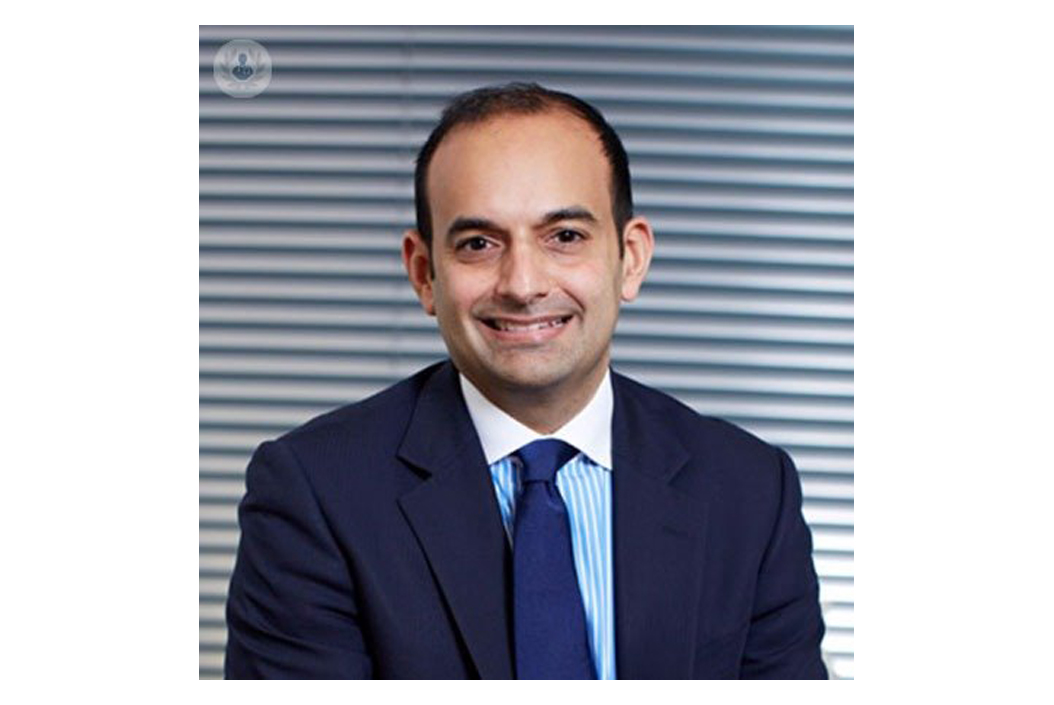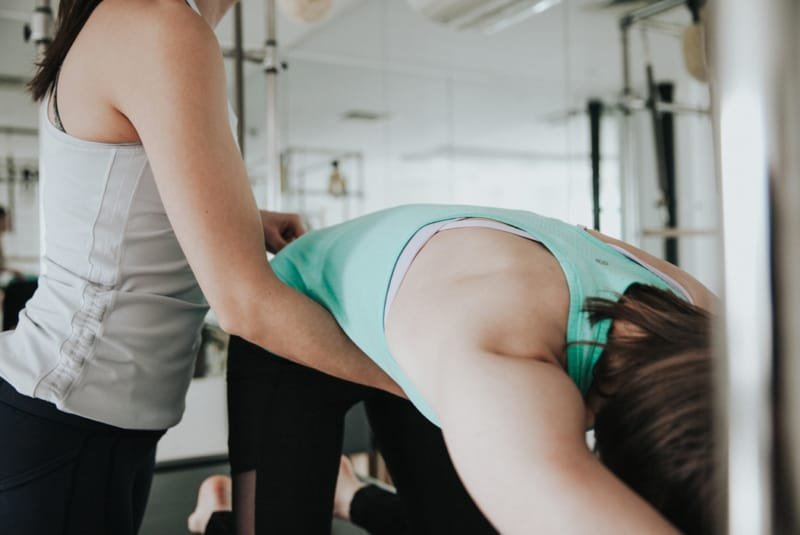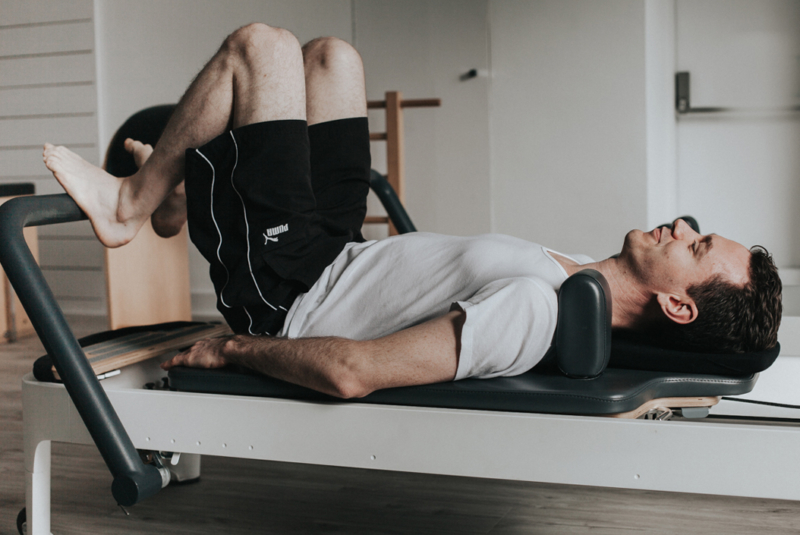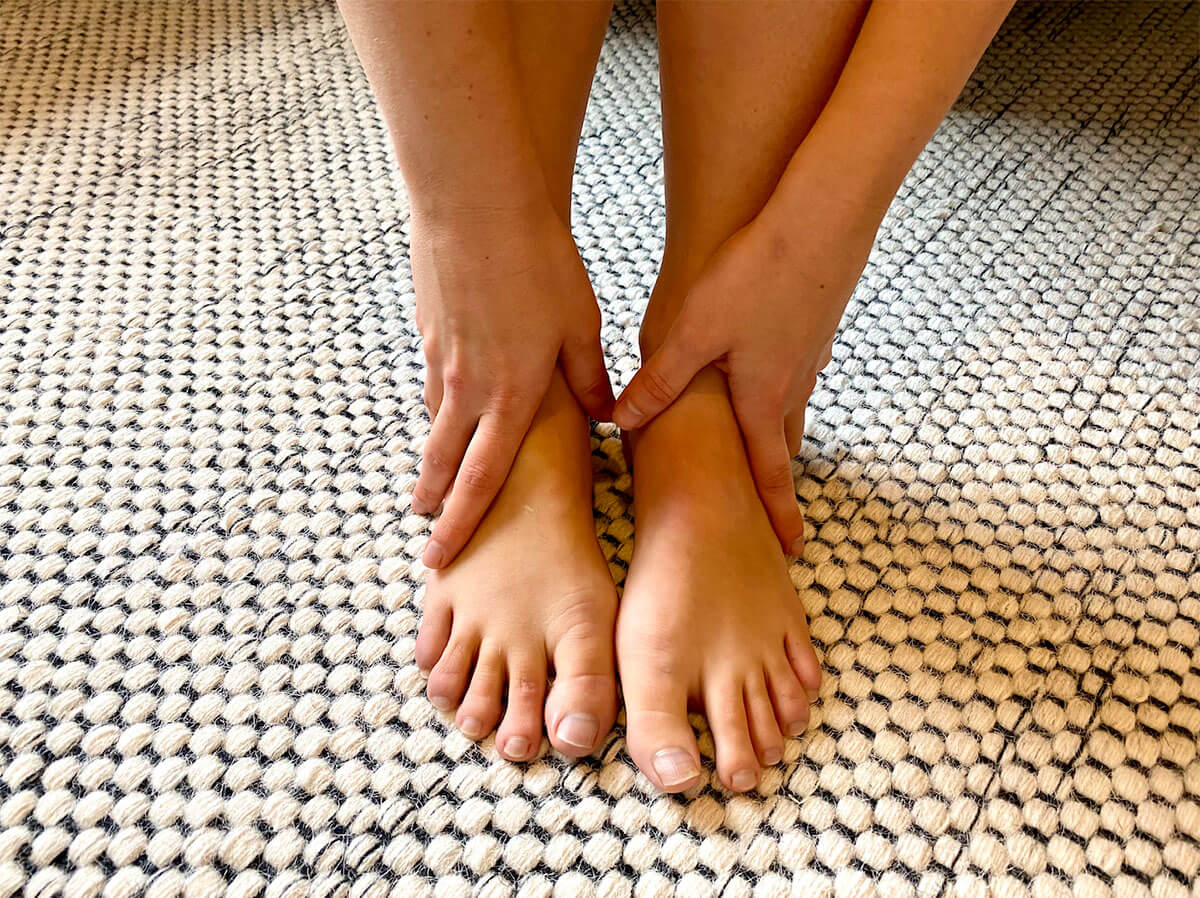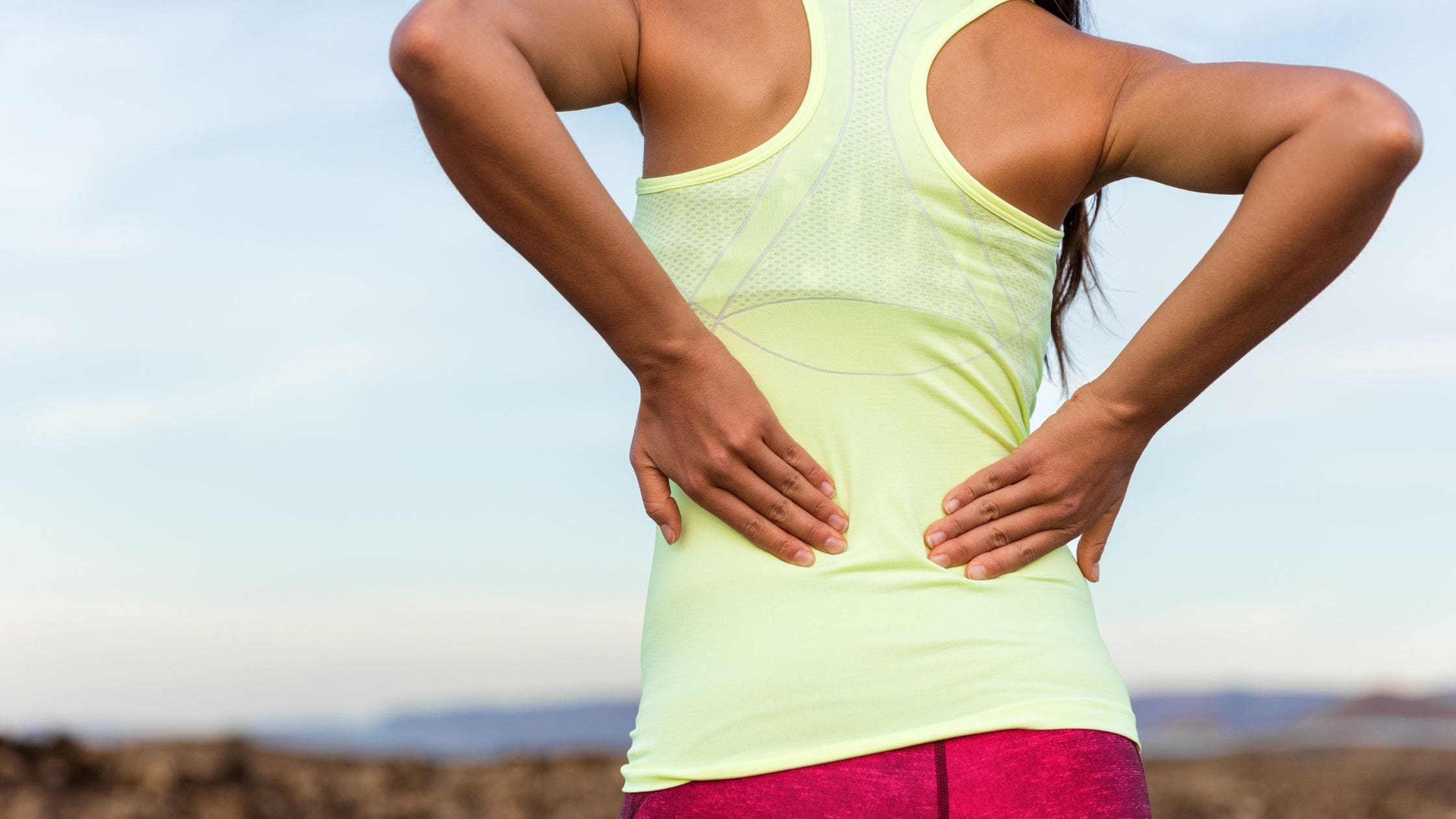Here at Complete we pride ourselves on providing rehab-focused Pilates of the highest standard. We know our clinical take on the Joseph Pilates method works, as our many recovering post-operative and injured clients can testify.
Despite this, and although there are existing medical studies to back up our assertions, many still question whether Pilates is really that beneficial.
We’re set on silencing these sceptics, though, by using science to prove its effectiveness. To do this, we’re producing our own research on the effects of Pilates on lower back pain.
Putting together this study wouldn’t be possible on our own. But luckily, we get to collaborate with Alexander Montgomery, a Consultant Spinal and Orthopaedic Surgeon at The Royal London Hospital (Barts Health) and Schoen Clinic London.
A fan of Pilates himself after starting sessions with our Clinical Director, Helen O’Leary, here Alexander shares his personal experience of Pilates. He touches on what he sees are its benefits, how it has influenced his practice, and why he believes, as a medical professional, our research is so necessary.
CP: Hi Alexander, thanks for talking with us today. So, let’s talk about Pilates. Specifically, let’s start with why you began practising it?
Well, I had put on a bit of weight and so I decided to get fit and lose some.
As well as changing my diet, I decided I needed to do some exercise. I thought, I know, I’ll swim, do some weights in the gym, do some squash. Basically, I’ll do a mixture of everything. The problem was, every single thing I did I was injuring something.
To give you an example, I got on the pec machine and I injured my wrist. Then I played squash and I injured my shoulder.
Then I went for Physio for the shoulder. But, in my first game back, I injured it again! I tried running and literally, every time I was running my lower back and IT band was hurting. Then I hurt my knee running – I think it was something as dramatic as a meniscal tear.
Everything I was doing wasn’t working. I had to do something else. This was when I decided to do Pilates.
CP: When did you start to feel the effects of Pilates?
At the beginning, [when I first started Pilates sessions] I had no flexibility, no glutes – I literally had nothing happening there.
But, after I did Pilates for four or five months, I started to pick up my exercise again. And I started to realise that I could pretty much do everything with minimal discomfort. Now running is fairly natural and I can do it without any pain.
Also, instead of doing, say, a regular “press up” now, I get myself into a position where I am stretching my calf and I’m stabilising my scapular blade. I’m doing multiple things when I am trying to do a press up. This is what Pilates has taught me: that in doing one movement you can stretch and activate about three other things.
CP: Is your positive personal experience of the Pilates method why you decided to do the study?
I think that most people who haven’t done this [kind of Pilates] before, they have no idea what it involves. Even as a spine surgeon, I didn’t know much about Pilates before trying it for myself. To me, it was just one of a long list of things you suggest your clients to do if they suffer with back pain. This list also includes activities like Yoga etc. Back then I would have advised my post-op clients to see a Physio first for an assessment and gentle exercise. Then, some months down the line, I’d tell them to try something like Pilates.
This all changed when I went for my first session with another Pilates company and was surprised to discover it was more than just stretching. Then I started working with Helen. It was my experience with her and the team at Complete that made me want to do research on Pilates.
Now, instead of advising people to do this kind of Pilates months down the line, I am sending people to Helen and the team only 3 weeks after surgery. Given their expertise, it makes total sense to me.
CP: So, experiencing it for yourself changed your perspective of Pilates?
Yes. I’ve always said to my clients: “you need to get your hips working” and “you need to get your thoracic [mid-spine] moving.” And this is exactly what you’re doing in Pilates – especially equipment Pilates.
Now I think people should be doing Pilates after, say, a lumbar-sacral fusion, because you need to get the pelvis and L4/L5 moving. That’s when you see the patient improve much more quickly.
I have a biomechanical degree and a medical degree and I’m a spine specialist. Despite this, it actually took me a while to understand what my instructor was doing [in my sessions with her].
Some things I understood, like trying to get the glutes firing up etc. But actually, it took me a while to understand other exercises. Bridging was one of those. I was so stiff that I just kept feeling it in my upper back. Then it clicked with me.
Now I get it. And, when I was injured recently, I could bridge at home and it helped ease the pain.
CP: You mention recommending Complete Pilates post-surgery. Do you refer your clients to the team pre-surgery?
If I have a patient come to me and say they’ve tried Osteo [Osteopathy], they’ve had Physio and nothing is working and we are thinking of injecting or performing surgery then I send them to Complete Pilates. Pre-injection, pre-surgery – I send them to Complete to see what can be done. And even if it doesn’t prevent them from getting surgery, at least you’re pre-habbing them. Then you’re one step ahead in terms of their rehab.
The amazing thing about the Complete team is that, even if I have a patient who has dislocated their shoulder or torn their ACL, they never say: “Oh, we can’t see him”, “no he can’t do Pilates”. The team are always able to do Pilates with them and avoid worsening the injured zone.
Pilates is one of those things you can do even if you’re in a fair amount of pain.
CP: How has your experience of Pilates changed your own medical practice?
I’ve told patients for years about body awareness. But it took, I think, 7 months into my Pilates sessions to say about myself: “I have body awareness – I know how I’m standing”. Having it helps me correct my posture, both at my chair or standing at work.
To learn about self-awareness is amazing for my own clinical practice. It means I can advise my clients [about their posture]. For those already doing Pilates, I can also check that they are getting what they should be from it.
I was saying all the right things to patients about what they should be doing, but to actually know whether they are doing things with the right technique is completely different. I can also now tell whether it is having the right effect. I find it very helpful – especially with those clients who are athletes.
CP: Can you give me an example?
Well, I used to suffer with rhomboid spasm (a sudden tightening of muscles in your upper back). It was something I worked with Helen on over a period of about three months.
When a boxer patient of mine came to see me and said he was suffering with rhomboid spasm I could then draw on my Pilates knowledge. He showed me the exercises he was doing and I could see straight away he wasn’t engaging the right muscles at all.
You see, injury prevention is essential with these athletes. They are strong and can put up with bad training for a long time. But after a while, it catches up with them and they end up like some of my other clients right now: unable to get up off their beds.
CP: Finally, why did you want to conduct this research?
For two reasons: to get that academic recognition and get bodies, like the NHS, and insurance companies, recommending Pilates.
At the moment, Pilates is not on many surgeons’ radars for research. Because – and this is a big problem– the studies we have now have looked at Pilates as a whole. But there are very different types of Pilates on offer. Even if you just did a study looking at Pilates offered in London, you would get very variable results.
Another problem is that there is no governing body or governance for Pilates. There is no structure and training varies so dramatically. This means there are almost too many confounding factors to produce good research.
This is why we are being specific in our research. We are looking at experienced instructors doing one to one sessions of a certain standard (from schools like Polestar Pilates), instructors who know how to treat this condition [lower back pain]. Because that’s when you get the results.
I feel this study really will change things. Not right away maybe, but a few years down the line.
This initial one is just a small study and only the start of the process. Then you can move on and produce medium and big studies. This is just the beginning.
For those Pilates instructors and health professionals interested to learn more about our research, keep your eyes on the blog. We’ll be following this article up with a more detailed look at our research in the coming weeks.
Education is key:
These blogs are designed to give information to everyone, however, it is important to remember that everyone is different! If you have not seen one of our therapists and have any questions about injuries, what you have read or whether this may be useful to you, please just ask. We are more than happy to help anyone and point you in the right direction. Our biggest belief is that education is key. The more you understand about your injury, illness and movement, the more you are likely to improve.


